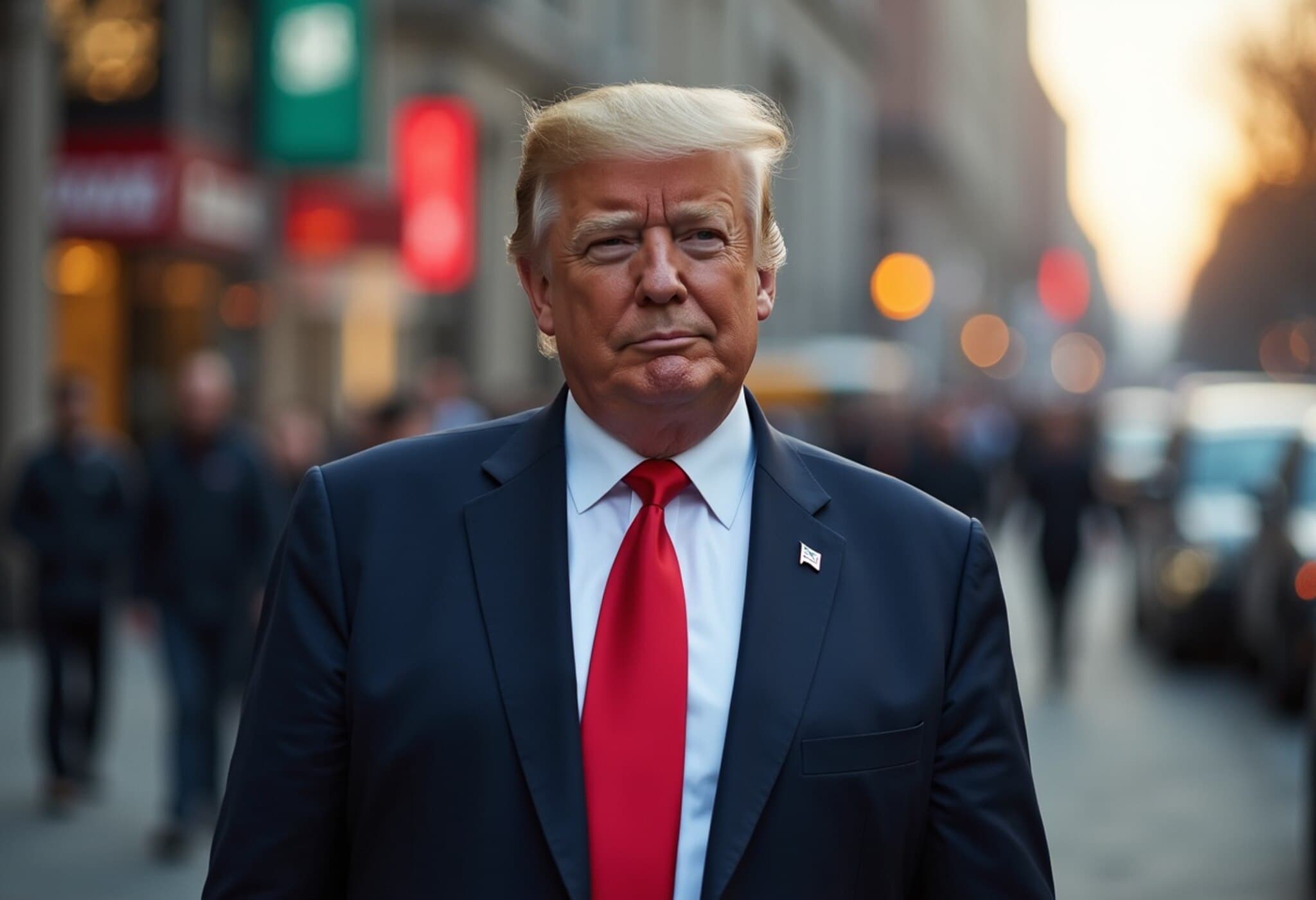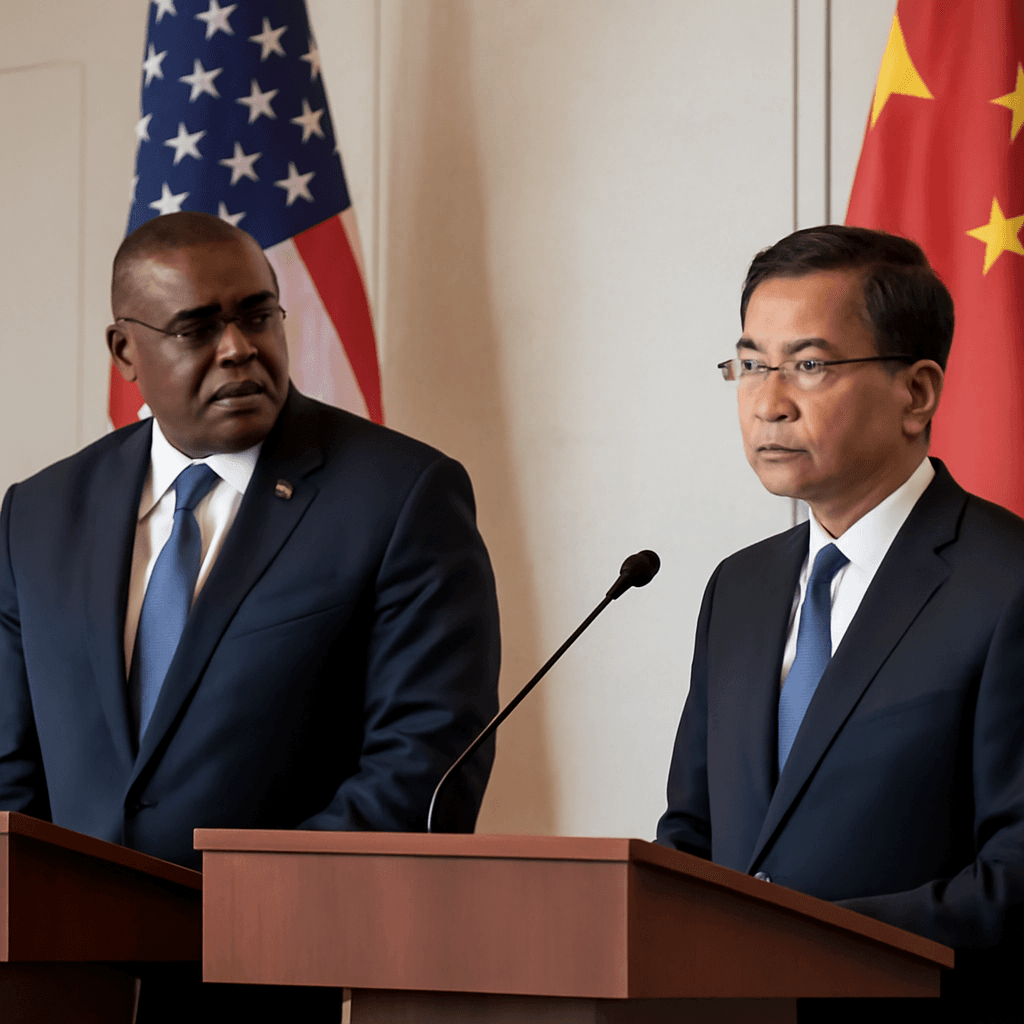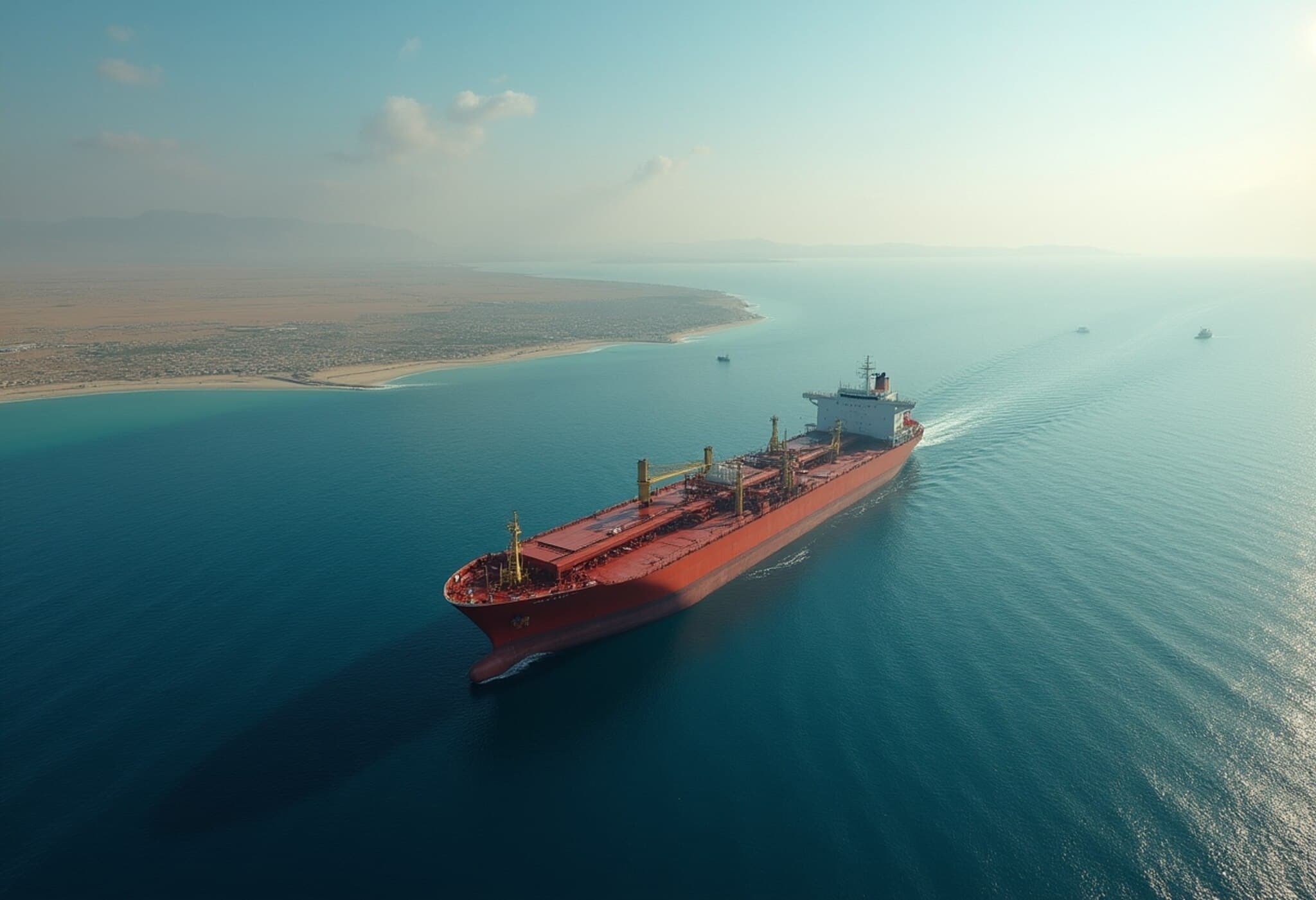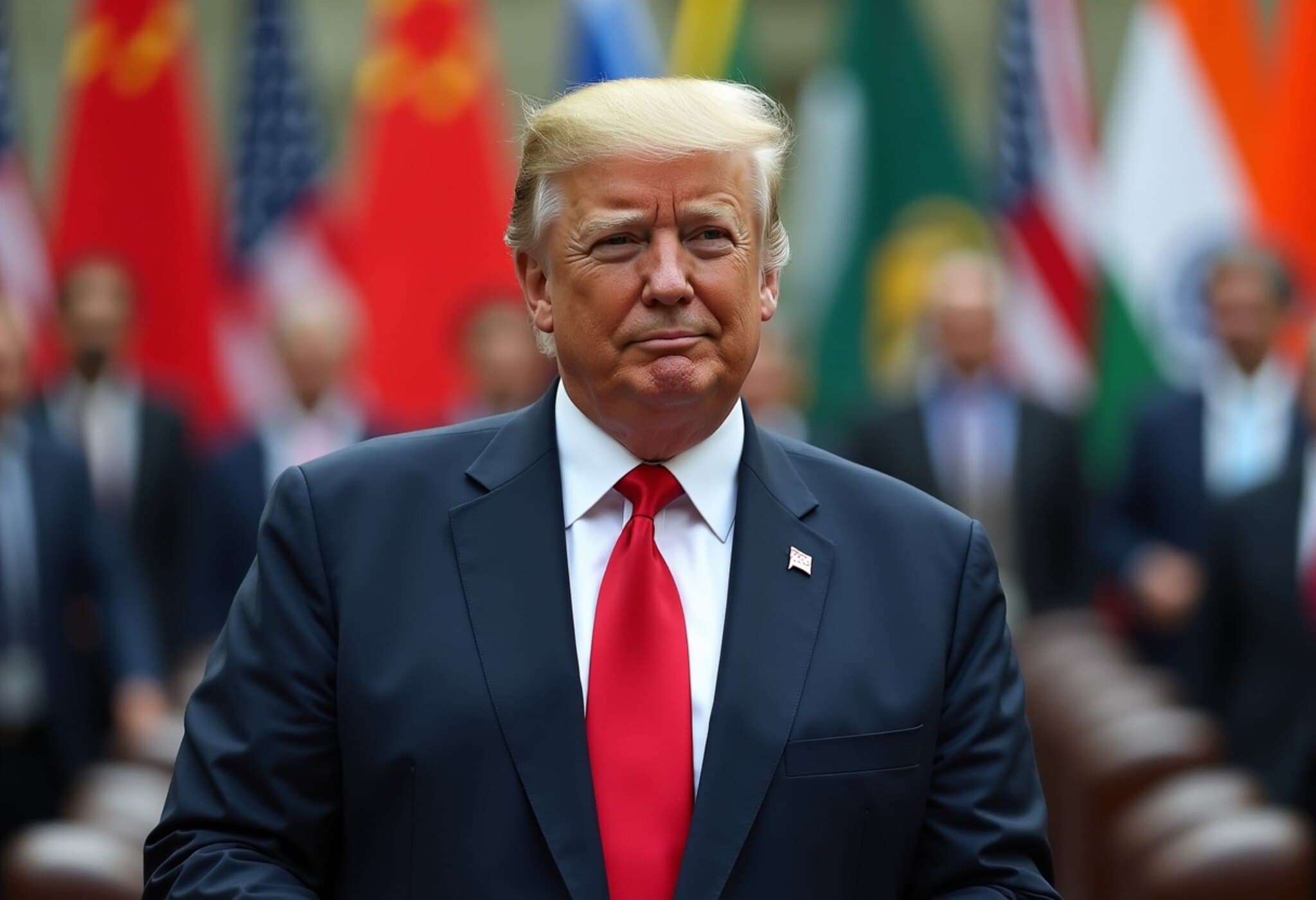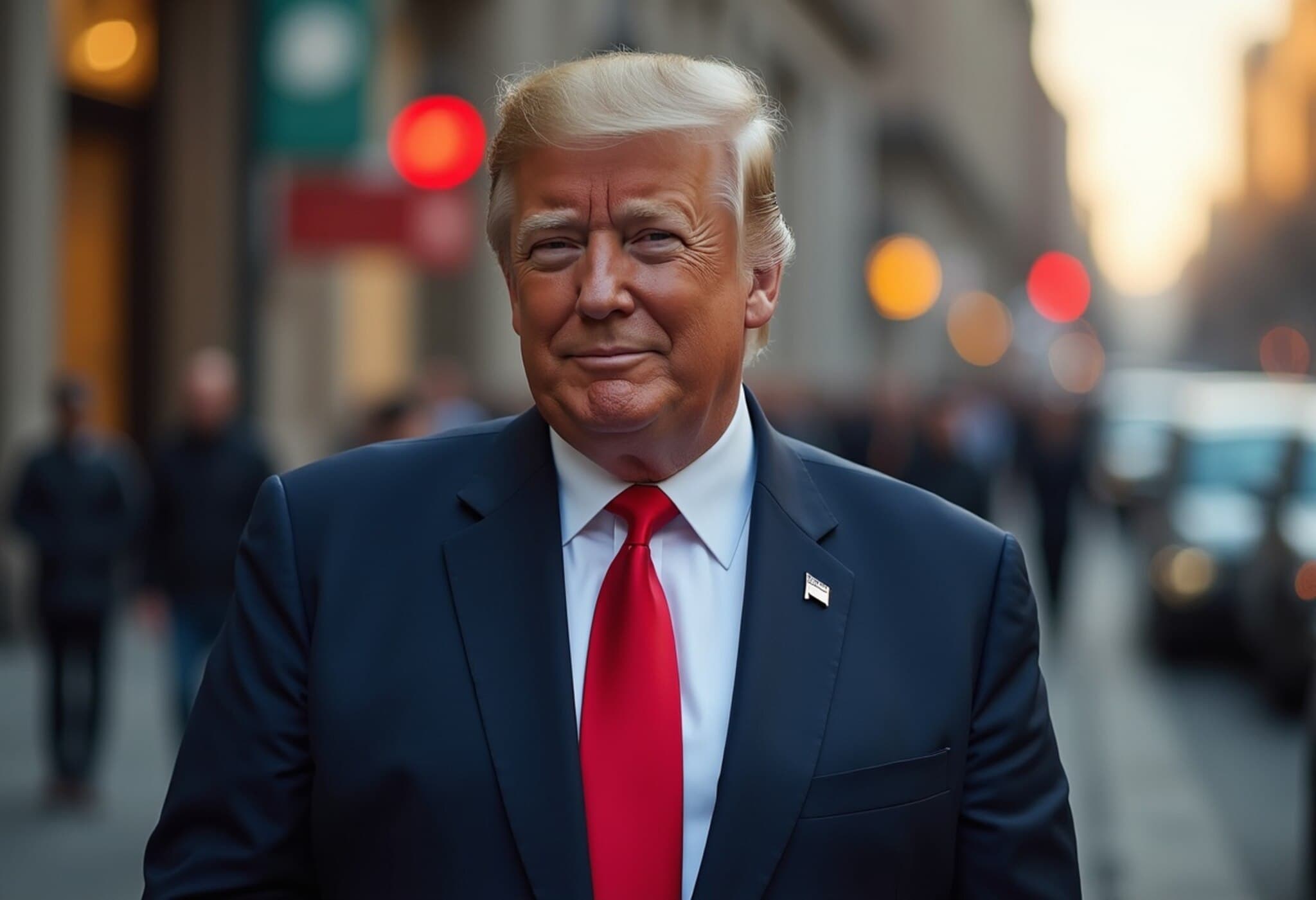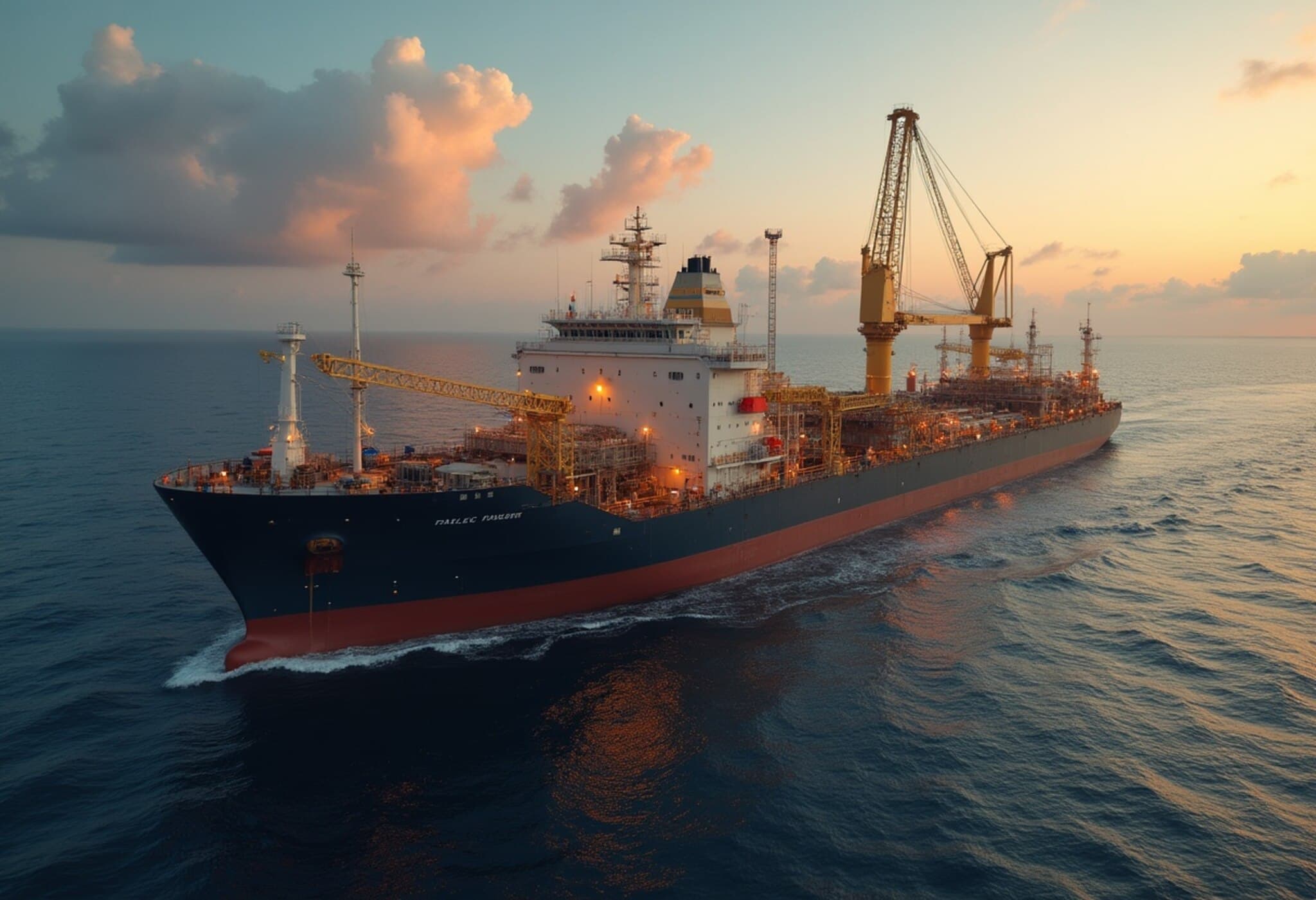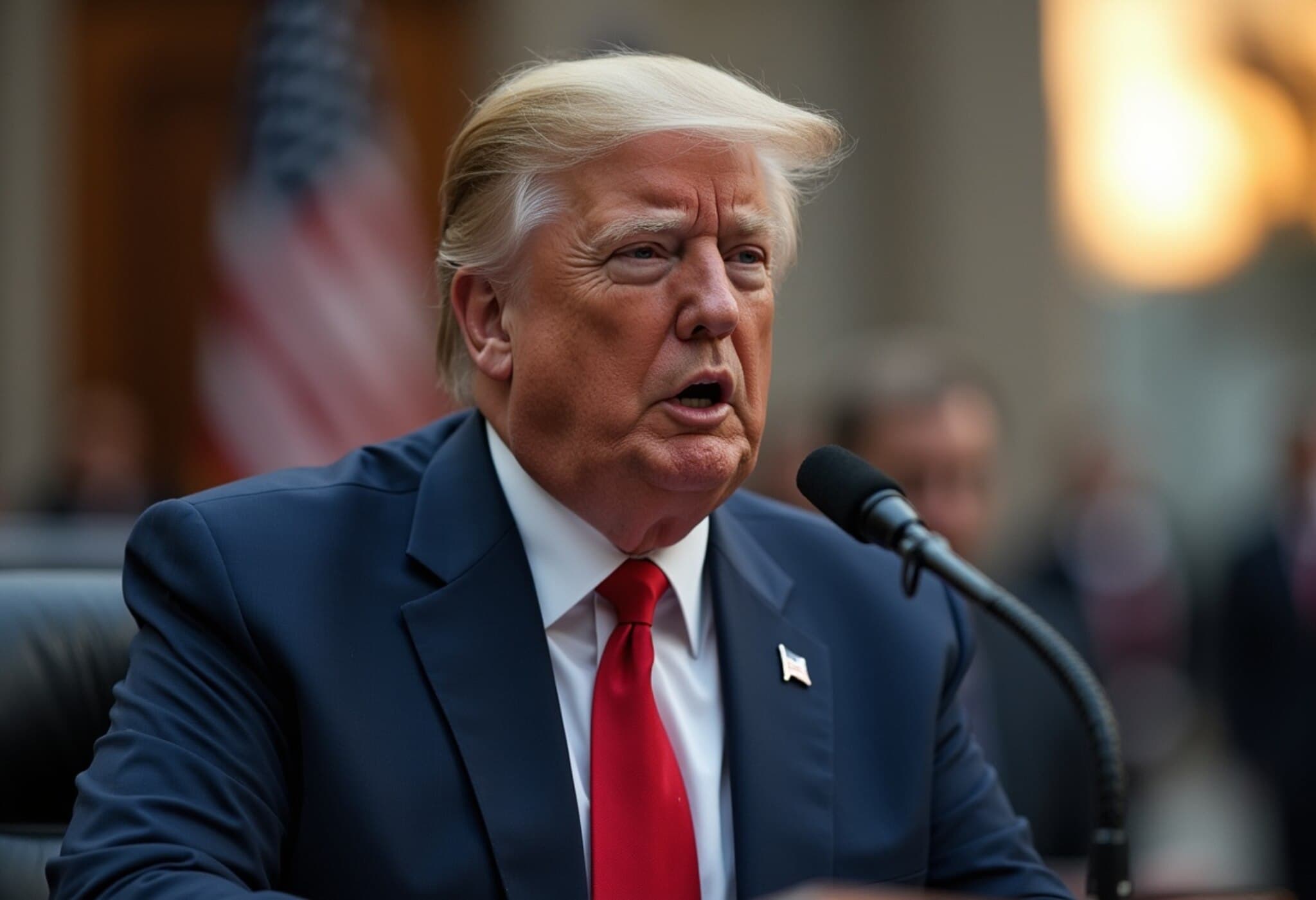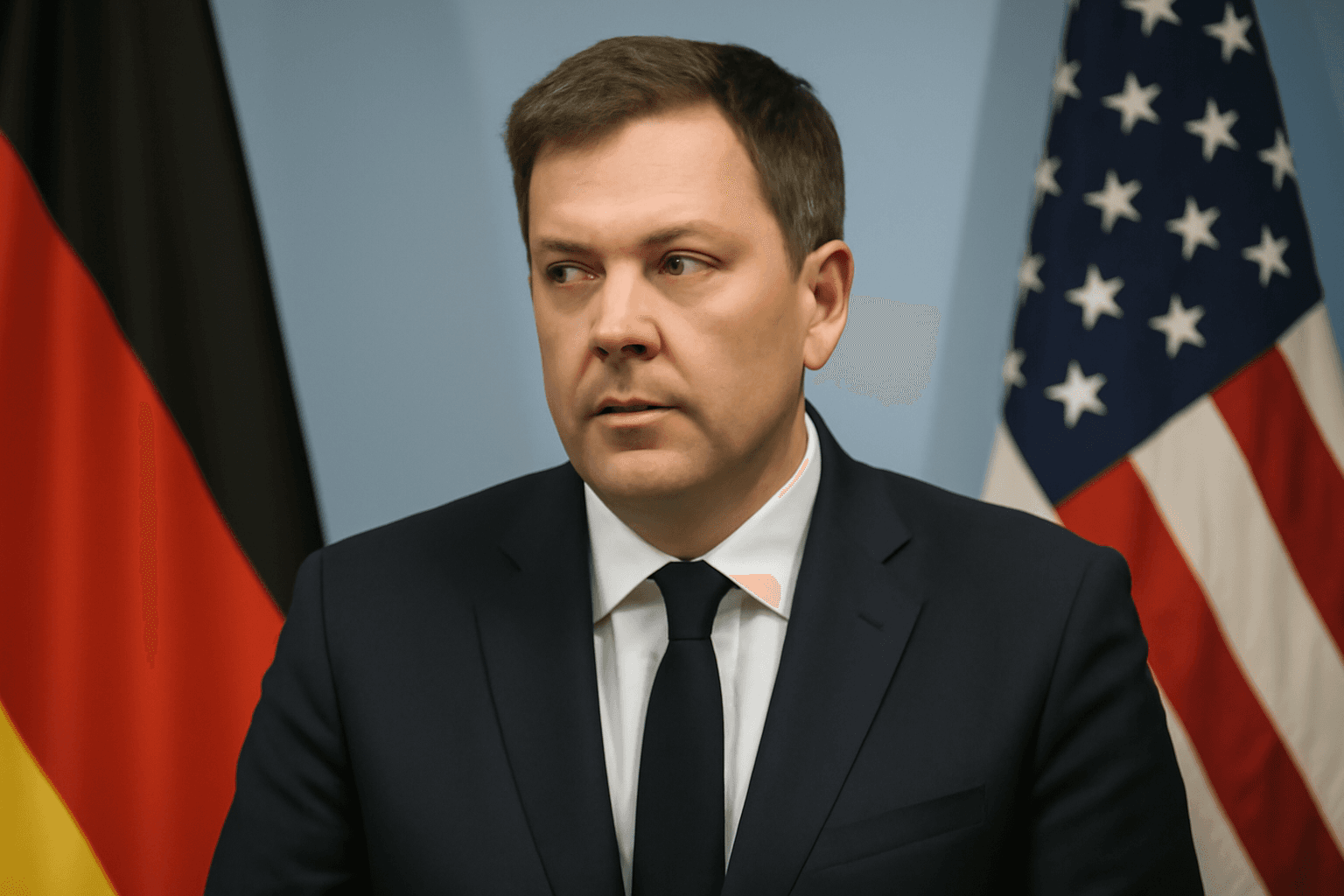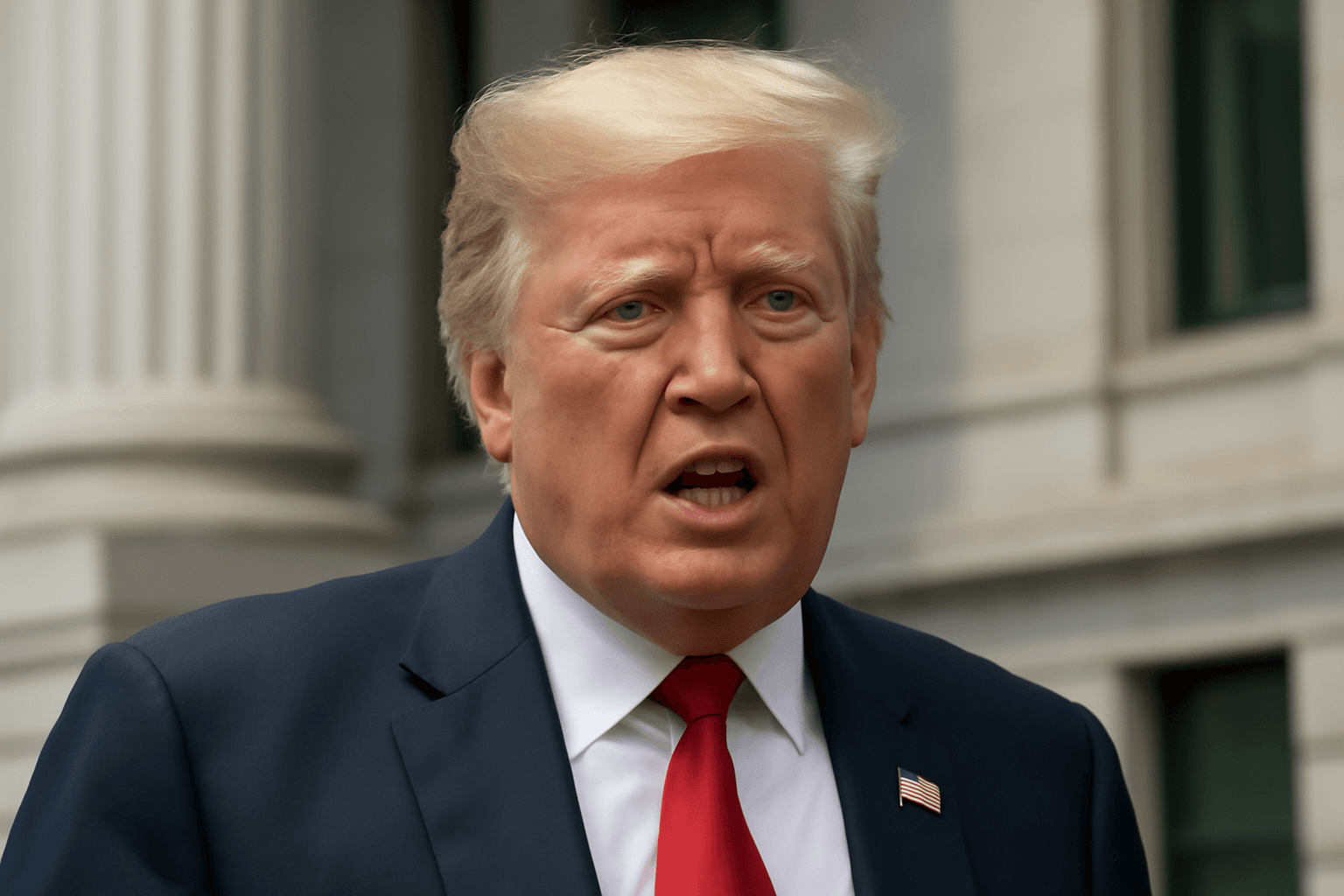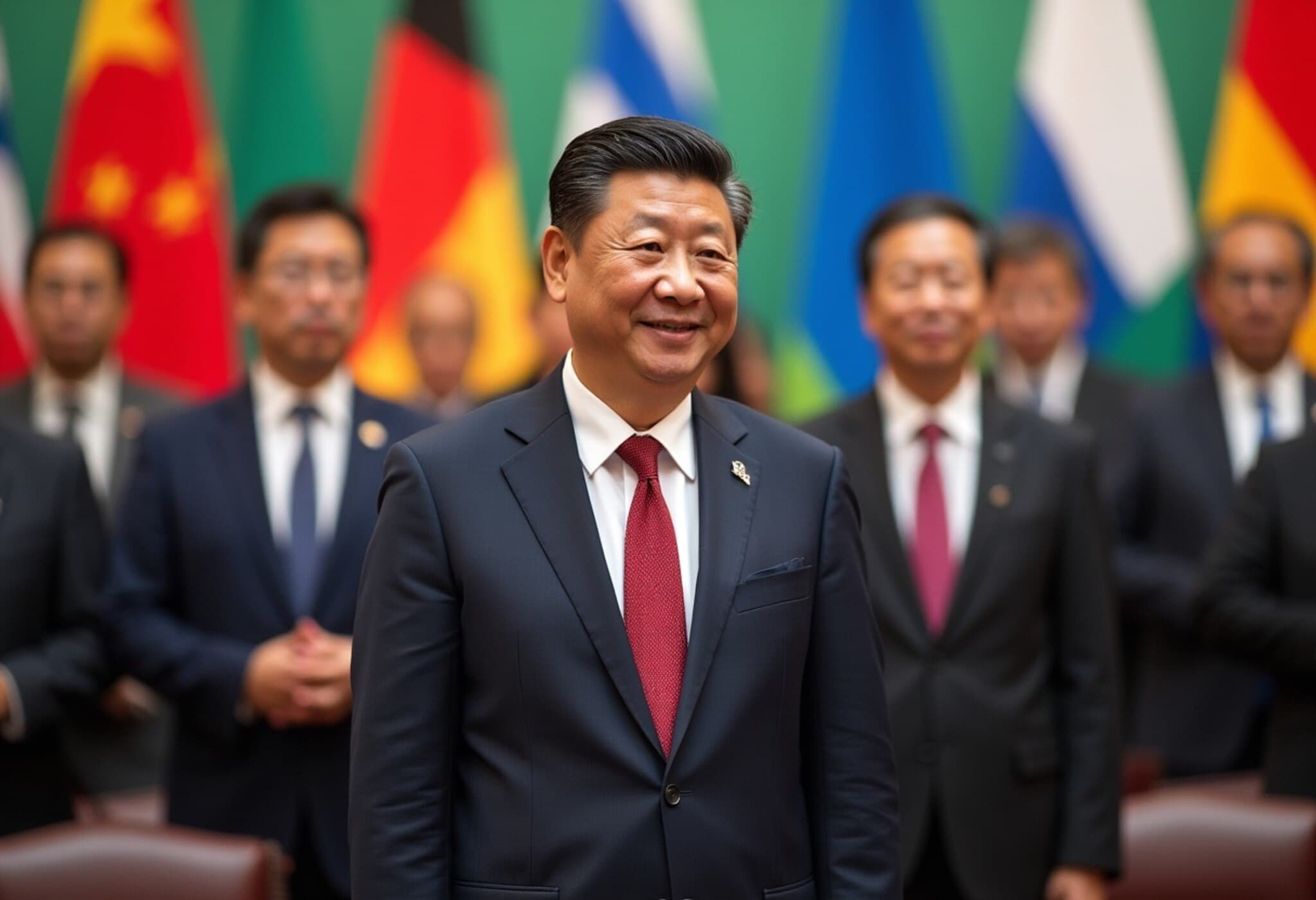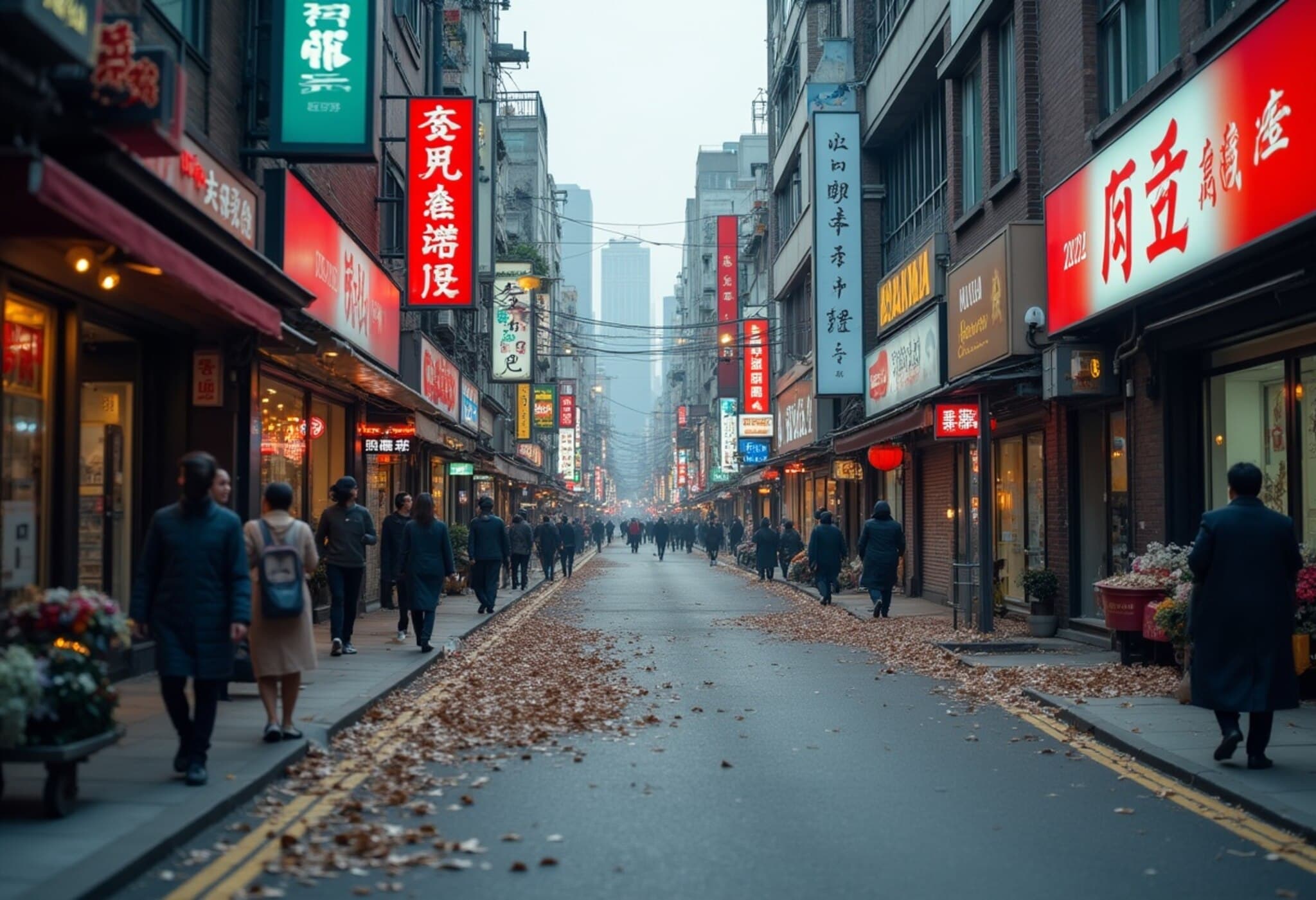US-IIndia Trade Clash: Trump Imposes Steep Tariffs Over Russian Oil Imports
In a striking escalation of trade disputes, former US President Donald Trump dramatically doubled tariffs on Indian imports from 25% to 50%, targeting New Delhi for its ongoing imports of Russian crude oil. Signed in early August 2025, the executive order frames India’s oil purchases and re-exports as a national security threat to the United States amid Moscow’s war in Ukraine.
This punitive move has rattled global energy and trade markets, placing Indian exporters squarely in the crosshairs of what critics call geopolitical economic warfare. The ripple effects are profound—not only slashing India’s export competitiveness but inevitably benefiting rival countries eager to fill the vacated space in the lucrative US market.
Why the Sudden Trump Tariff Escalation?
The Trump administration’s rationale centers on curbing financial support to Russia through India’s purchase of Russian oil, which Washington argues indirectly fuels military aggression. Despite mounting pressure, India prioritizes affordable energy imports to sustain its massive, developing economy.
India condemns the tariffs as “unfair, unprovoked economic penalties”, with officials indicating intentions to explore retaliatory measures via World Trade Organization dispute channels. This tariff hike thus represents a larger diplomatic standoff entangling trade policy with geopolitical strategy.
Which Indian Industries Bear the Brunt?
The 50% tariffs cast a wide net across key export sectors, threatening to shrink India’s US-bound shipments by up to 45%, equating to an annual revenue loss between $35 billion and $45 billion. The hardest hit industries include:
- Textiles and garments
- Gems and jewellery
- Automotive components and vehicles
- Leather goods and footwear
- Machinery and engineering products
- Marine and seafood items
- Steel, aluminium, chemicals, and agrochemicals
- Select pharmaceutical and processed goods
Exporters now face significantly inflated costs entering the US market, tipping the scales in favor of competitors with lower or no tariff burdens.
Countries Poised to Benefit from India’s Export Setback
As Indian products become pricier in the US, other nations are primed to capture market share across strategic sectors:
1. Textiles and Apparel
Top beneficiaries: Vietnam, Bangladesh, Cambodia, Mexico, Pakistan, Turkey
With US tariffs ranging between 12%–20%, these countries are perfectly positioned to absorb demand for affordable cotton and synthetic fiber garments traditionally supplied by India.
2. Gems and Jewellery
Top beneficiaries: Belgium, Israel, UAE, Thailand, China
India has long been a dominant diamond supplier to the US. Competitors with tariffs under 10% are expected to capture up to $2–3 billion in lost trade.
3. Automotive Components and Vehicles
Top beneficiaries: Mexico, Canada, South Korea, Japan, Thailand
These nations benefit from favorable trade agreements, making their cars and parts more cost-competitive.
4. Leather Goods and Footwear
Top beneficiaries: Vietnam, Bangladesh, China, Italy
With Indian imports hit by half-price tariffs, buyers will likely shift to countries facing substantially lower levies.
5. Engineering Goods and Machinery
Top beneficiaries: Germany, South Korea, China, Japan
Established industrial supply chains from these countries will fill machinery import gaps.
6. Chemicals and Agrochemicals
Top beneficiaries: EU nations, China, Brazil
Disruptions in Indian chemical exports open doors for producers experienced in servicing the US agricultural sector.
7. Marine Products
Top beneficiaries: Vietnam, Indonesia, Ecuador
India’s position as the second-largest US shrimp exporter means these nations stand to gain significantly.
Quantifying the Trade Shifts: Winners and Losers
| Sector | Projected Annual Loss to India | Leading Beneficiaries and Estimated Gains |
|---|---|---|
| Textiles & Apparel | $10–12 billion | Vietnam, Bangladesh, Mexico (~$8–9 billion) |
| Gems & Jewellery | $2–3 billion | Israel, UAE, Thailand (up to $2 billion) |
| Automobiles & Components | $1.5–2 billion | Mexico, South Korea (~$1.7 billion) |
| Leather Goods & Footwear | Over $1 billion | Vietnam, Bangladesh (~$750 million) |
| Marine Products | $1.2–1.5 billion | Vietnam, Ecuador (~$1 billion) |
| Engineering Goods & Machinery | $2.5 billion+ | Germany, Japan (~$2 billion) |
Broader Economic and Political Consequences
The tariff escalation risks straining US-India relations developed over decades, spanning defense, technology, and energy cooperation. India’s steadfast energy independence resonates domestically, but escalating costs and market exclusion may compel New Delhi to reconsider its sourcing priorities or forge alternative trade alliances.
For Washington, this tactic mirrors Trump’s signature approach from his first term, weaponizing tariffs as geopolitical tools—seen previously in confrontations with China and the European Union.
A Pivotal Moment for Global Trade
At an unprecedented 50% tariff rate—the highest imposed by the US on a key partner—India faces an uphill battle to retain market share. Meanwhile, Vietnam, Mexico, Germany, and others are ramping up to absorb lost volumes.
In an era where tariffs double as strategic weapons rather than mere economic levers, India finds itself at a crucial crossroads.
Editor’s Note
This tariff drama spotlights the entangled world of geopolitics and global trade. It raises critical questions about the future of energy diplomacy and economic interdependence. How far will the US push tariff measures before India pivots its foreign policy or trade strategy? Are these punitive tariffs sustainable in an increasingly multipolar world?
For policymakers, investors, and consumers alike, the coming months will reveal much about resilience, adaptation, and the evolving architecture of international commerce.

